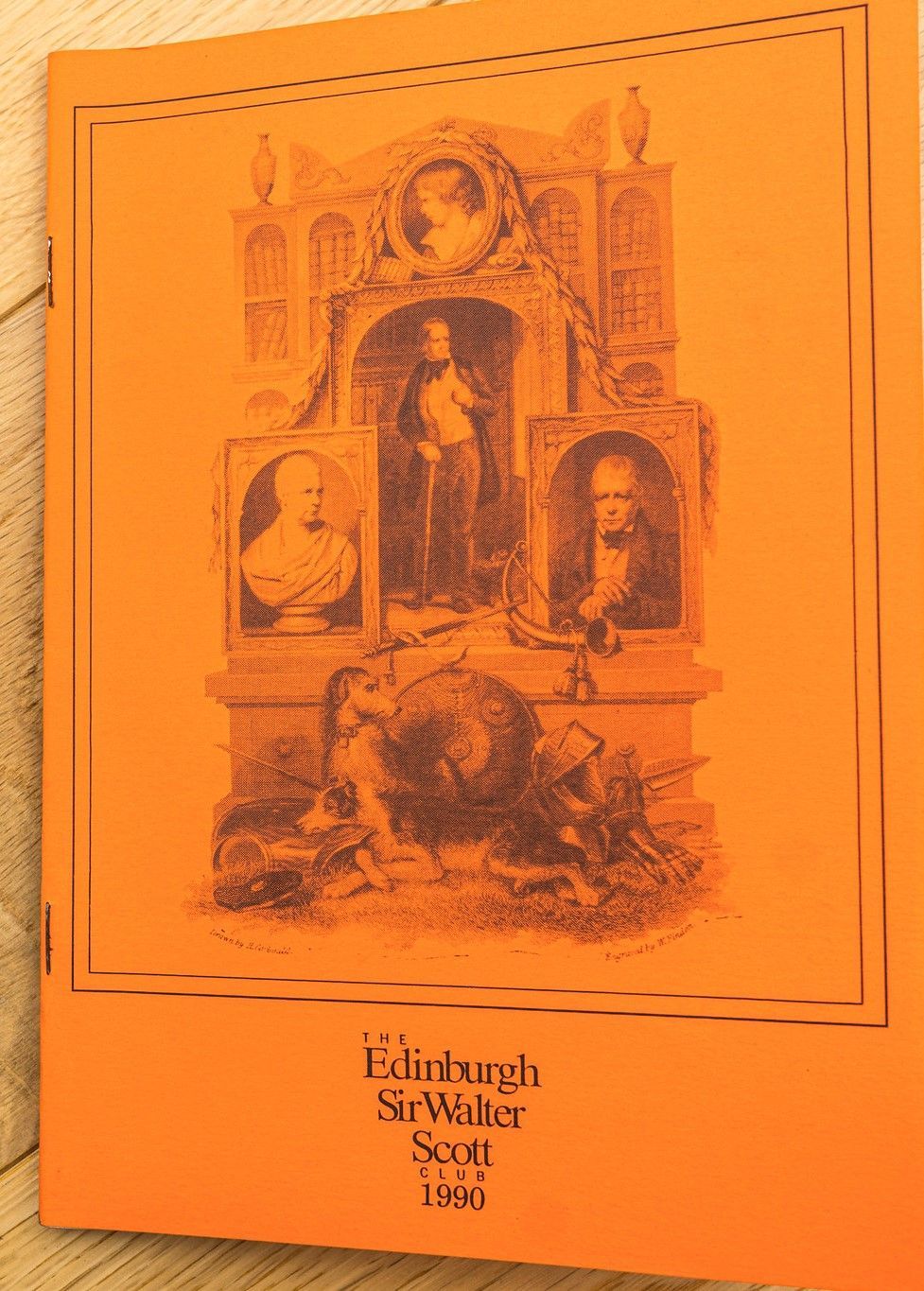Scott and Stevenson: Story and History
Jenni Calder
Friday 1st June 1990
Summary of the Talk:
Jenni's talk explores the differences and similarities between Sir Walter Scott and Robert Louis Stevenson, particularly in how they engaged with history and used it in their works.
Key Points:
- Historical Context & Approach:
- Scott: Lived during a time when Scotland was in the process of forging a national identity. His works blended historical narrative with fiction, often seeking reconciliation between Scotland's past and its future. He actively used history as a tool for national cohesion.
- Stevenson: Writing half a century later, Stevenson viewed Scotland differently. The national unity Scott helped to create was starting to unravel by Stevenson's time due to industrialization, intellectual shifts, and societal changes. Stevenson, therefore, approached history with more ambivalence and a sense of loss.
- Differences in Their Writing:
- Scott: As a writer, Scott was a historian. He immersed himself in historical materials and wrote fiction based on the rich past he could access, often providing a clear narrative of reconciliation between past traditions and future progress.
- Stevenson: While he was deeply interested in Scotland's past, Stevenson was more focused on exploring the psychology of characters and how they were shaped by Scotland’s historical events. His fiction was less about historical accuracy or interpretation and more about moral dilemmas and personal struggles.
- The Role of the Novel:
- Scott: Helped elevate the novel as a medium for historical exploration, making Scotland’s past come alive for contemporary readers. His novels were seen as part of the process of forming Scotland's national identity.
- Stevenson: By the time Stevenson wrote, the novel had evolved. He was seen as a potential revitalizer of the English novel. Unlike Scott, he did not write historical novels in the traditional sense but was more concerned with psychological exploration and moral conflicts.
- The Shift from Romanticism to Modernity:
- The talk emphasizes that Scott’s work was deeply connected to a time when national identity and unity were forming, while Stevenson’s writing reflected a more fractured, modern Scotland where divisions were more pronounced.
- Stevenson’s Later Life in the South Pacific:
- While Scott’s influence on the novel was immediate and widespread, Stevenson’s impact became more evident in the 20th century, especially among modern novelists. His time in Samoa, where he was called "Tusitala" (teller of tales), revealed his understanding of the deep connection between history and storytelling in different cultures, showing how fact and fiction intertwined.
Interesting Insights:
- The psychological depth of Stevenson’s characters and their moral dilemmas can be seen as a response to the fractured state of modern life, which contrasts with Scott’s focus on historical narrative.
- Stevenson’s escape to the South Pacific and his desire for liberation, rather than mere escapism, suggest that his works were driven by a quest for something more profound, reflecting the tension between the personal and the political.
- The cultural fragmentation that Stevenson encountered in his time directly influenced his works, marking a shift from the historical to the more psychological and existential concerns in literature.
This exploration of Scott and Stevenson offers a nuanced understanding of how history, national identity, and personal experience shaped their respective literary contributions.
Download the [Transcript] or Read the [Bulletin]

Download the [Transcript] or Read the [Bulletin]


